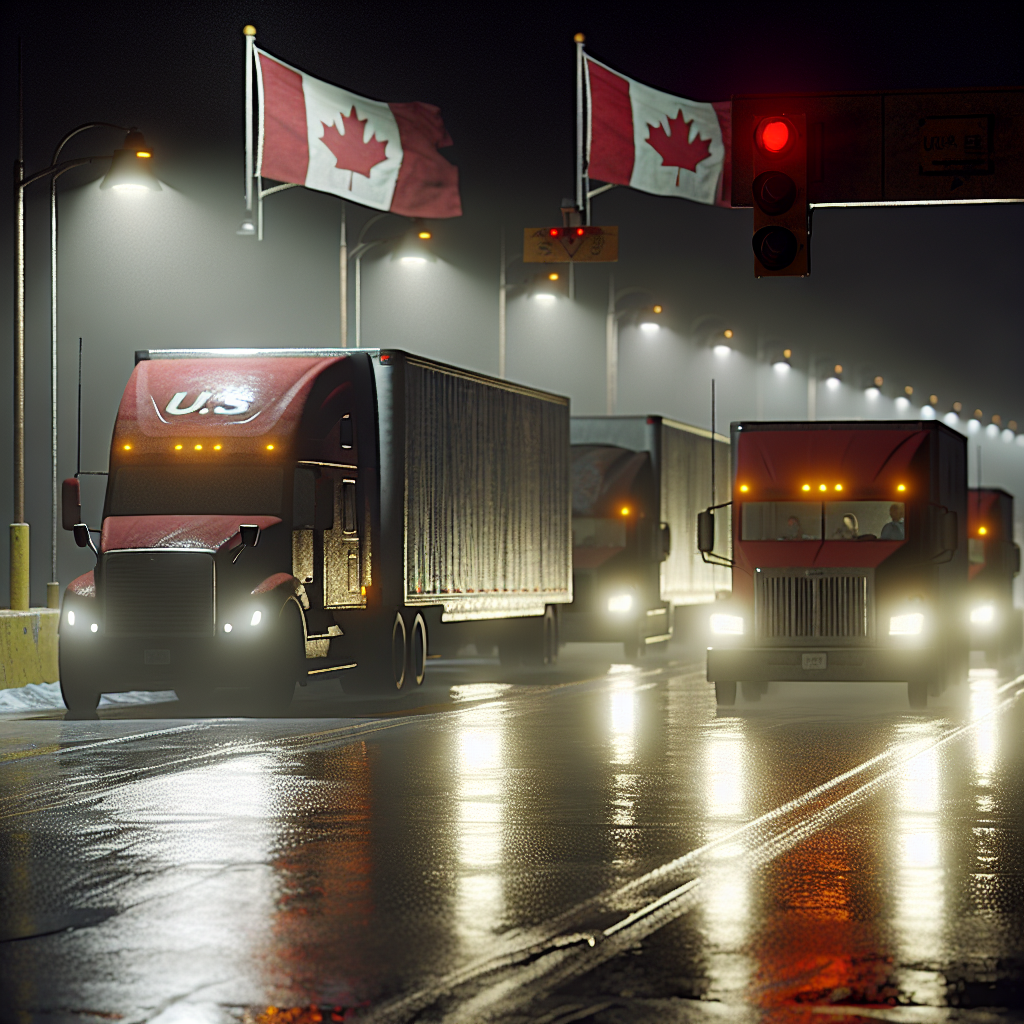Canada’s two-week postal shutdown is giving way to rotating strikes starting Saturday, October 11, at 6:00 a.m. local time across the country — a tactical shift that will move mail again but keep uncertainty baked into last-mile planning. The Canadian Union of Postal Workers (CUPW), which represents more than 55,000 employees, said the change is meant to maintain pressure on Canada Post while reducing the broad disruption caused by the nationwide stoppage launched September 25.
For shippers, the fine print matters: Canada Post says it will take several days to safely restart operations and dig out the “trapped” volume that has been sitting in plants and depots since the walkout began. Service guarantees remain suspended, and the company won’t accept new commercial volumes until Wednesday, October 15 — a hard constraint for logistics teams that inject parcels or mail directly into the postal network. Specific strike locations will rotate and may be announced with little lead time, which means lane-by-lane reliability will vary.
Why it’s happening now: the strike followed the federal government’s call for a sweeping overhaul of Canada Post’s business model, prompting a showdown over jobs, delivery standards and the role of the Crown corporation in parcel competition. CUPW’s partial return is a tactical regroup, not a truce; the union reiterated it would prefer a negotiated settlement but insists management and Ottawa must adjust their approach.
What trucking and parcel operators should expect this week:
– Backlogs before new freight: Postal depots will prioritize clearing held mail and parcels before taking fresh commercial tenders on October 15. Linehaul schedules that feed Canada Post facilities may need temporary re-sequencing to avoid deadhead or detention at gates that remain closed to new volume.
– Uneven last mile by region: Rotating strikes can shutter specific plants or depots for set periods. Shipments inducted in unaffected areas will move, but anything caught when a local goes out will sit until that rotation ends. Plan for pockets of delay rather than a uniform slow-down.
– Suspended guarantees, soft SLAs: With on-time guarantees off the table, postal performance clauses tied to delivery windows are effectively in abeyance. Shippers should reset customer ETAs and communicate wider delivery ranges through checkout and post‑purchase messaging.
Cross‑border ripple effects will be real but nuanced. U.S. merchants that consolidate parcels for Canada Post injection should hold new handoffs until mid‑week or shift short‑term volume to private carriers serving Canada. Expect capacity to tighten in major cross‑border corridors as some retailers re-route, but also expect a quick rebound in postal flows where rotations are not active and clearance backlogs shrink. Those mixing postal and carrier options can reduce variability by steering time-sensitive orders to non-postal networks until Canada Post restores stable turn times. These are near‑term operating realities rather than long‑term strategy shifts, and they will evolve day by day as rotation schedules play out.
Strategic take for shippers heading into peak: Treat the next 7–10 days as a rolling recovery period. Hold back promotional pushes in postal‑heavy markets until you see dwell times normalize; accelerate cartonization reviews to keep more orders in carrier-friendly dimensions; and pre-build contingency labels for alternate carriers so customer service teams can flip modes on stalled orders without rekeying. If you inject directly to Canada Post plants, align transportation plans with the October 15 acceptance window and monitor for facility‑specific disruptions that could strand trailers.
The headline for carriers is similar: anticipate volume mixing back into the postal network unevenly, with private networks absorbing bursts when a rotation hits a major sortation node. Keep flex labor on tap and watch return flows — customers receiving late parcels will drive a returns bulge that often lands just as outbound volume ramps back up.
Bottom line: Rotating strikes mean Canada’s postal pipeline isn’t closed — but it isn’t predictable either. Until Canada Post and CUPW settle on new agreements, shippers should plan around rolling bottlenecks and suspended guarantees, not a straight-line recovery.
Sources: FreightWaves, Reuters, Canada Post
This article was prepared exclusively for TruckStopInsider.com. Republishing is permitted only with proper credit and a link back to the original source.





